New Feature in ‘Microsoft Flight Simulator’ Boosts VR Performance, Extra Eye-tracking Gains Coming Soon
Microsoft Flight Simulator 2024 supports PC VR headsets, although you’ll also need a pretty beefy rig to even run it. Now, players are getting the much-requested fixed foveated rendering feature, saving on compute and boosting performance. Microsoft Flight Sim fans have been waiting for native support for foveated rendering for some time now, and now […] The post New Feature in ‘Microsoft Flight Simulator’ Boosts VR Performance, Extra Eye-tracking Gains Coming Soon appeared first on Road to VR.
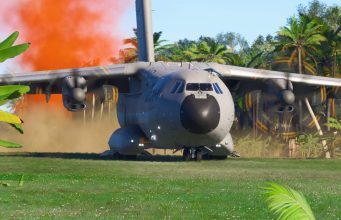
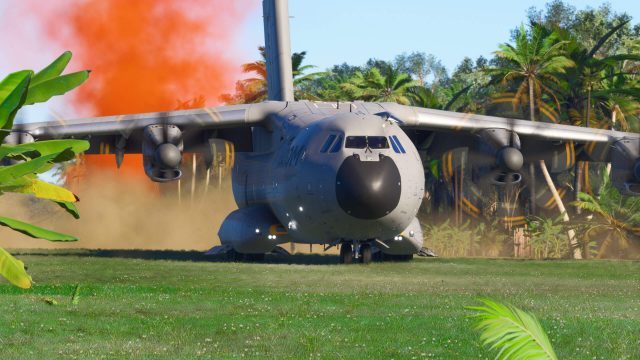

Microsoft Flight Simulator 2024 supports PC VR headsets, although you’ll also need a pretty beefy rig to even run it. Now, players are getting the much-requested fixed foveated rendering feature, saving on compute and boosting performance.
Microsoft Flight Sim fans have been waiting for native support for foveated rendering for some time now, and now developer Asobo Studio has pushed its ‘Sim Update 2’ beta which brings both fixed foveated rendering to the game.
Foveated rendering is a technique that lowers the resolution in your peripheral vision, reducing your GPU’s workload and upping frames per second (FPS) you can render. When activated in the VR Settings menu, it uses Quad View rendering, which can add to your CPU overhead, the studio warns.
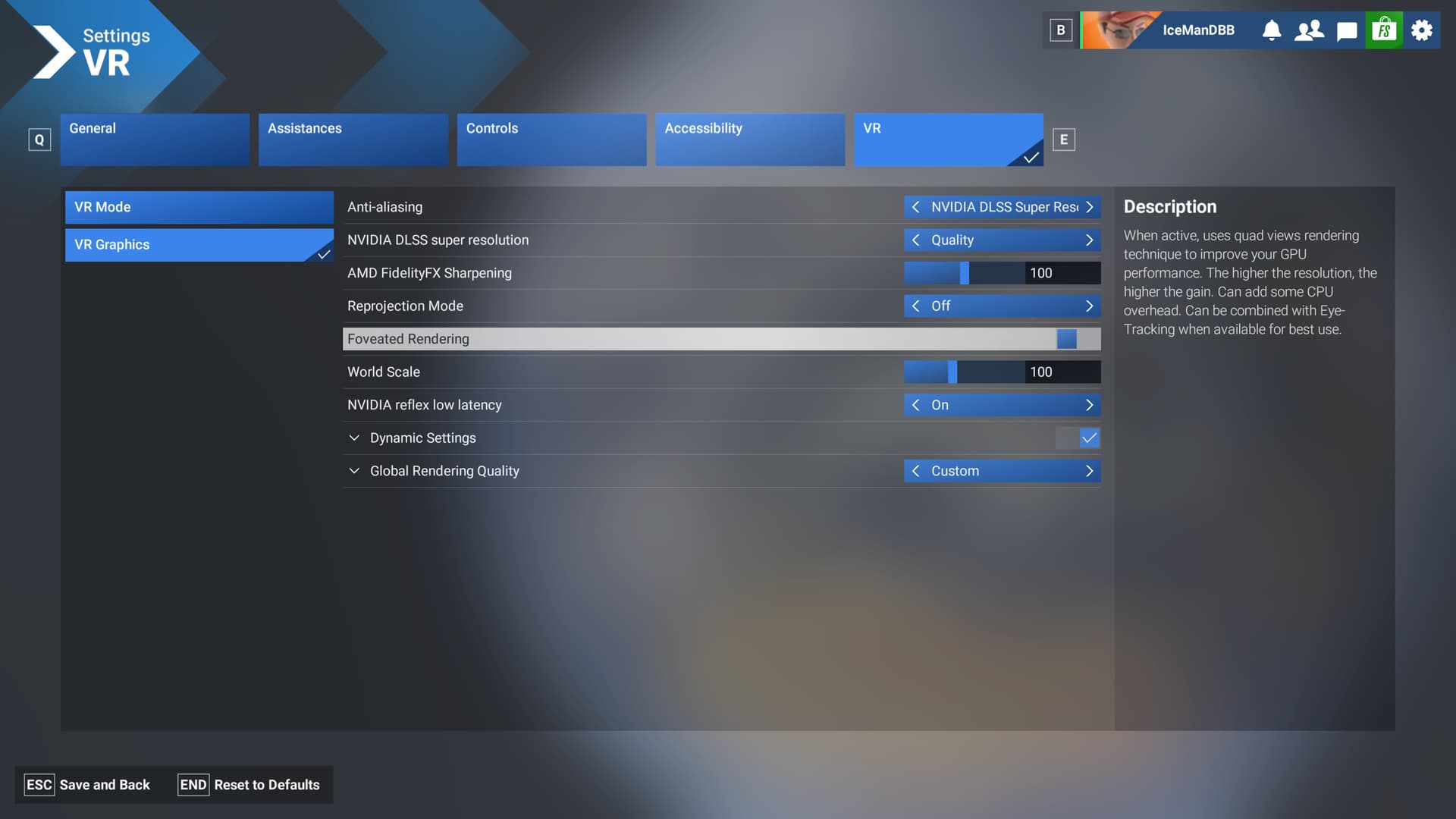
While fixed foveated rendering is available to all PC VR headset users who opt-in to the beta update today, there’s no word on when to expect dynamic foveated rendering, which allows users with eye-tracking even more performance gains.
Dynamic foveated rendering does this by only rendering where you’re looking at the highest quality, leaving all else outside of your focal vision to be rendered at low resolution. Of course, a PC VR headset with eye-tracking is required for this, which in similar applications can double performance.
It does seem to be in the works though, as Asobo says in the settings screen above “it can be used with Eye-Tracking when available for best use,” although the company hasn’t provided a timeline when it will turn on the feature.
That said, Asobo is working with Pimax, which has been an official peripheral partner for Microsoft Flight Simulator 2024 since November, to bring this and other VR-specific features to game.
Notably, we haven’t seen mention of any of this in the official Sim Update 2 changelog, so we’ll be keeping an eye on YouTuber ‘VR Flight Sim Guy’, who regularly dives into MFS2024, and was also one of the first to report the new fixed foveated rendering feature. You can check out his video below showing off the new performance gains.
The post New Feature in ‘Microsoft Flight Simulator’ Boosts VR Performance, Extra Eye-tracking Gains Coming Soon appeared first on Road to VR.


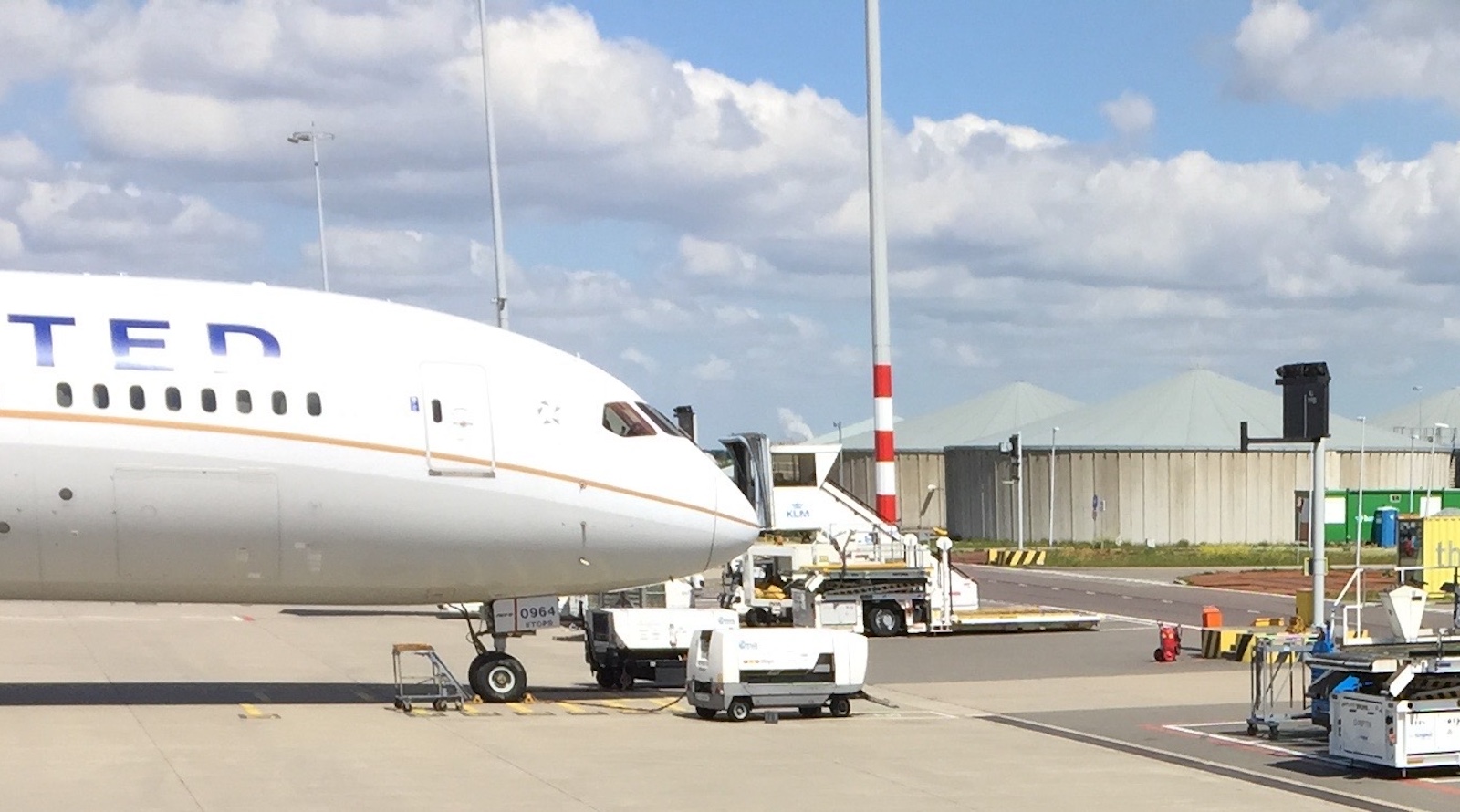









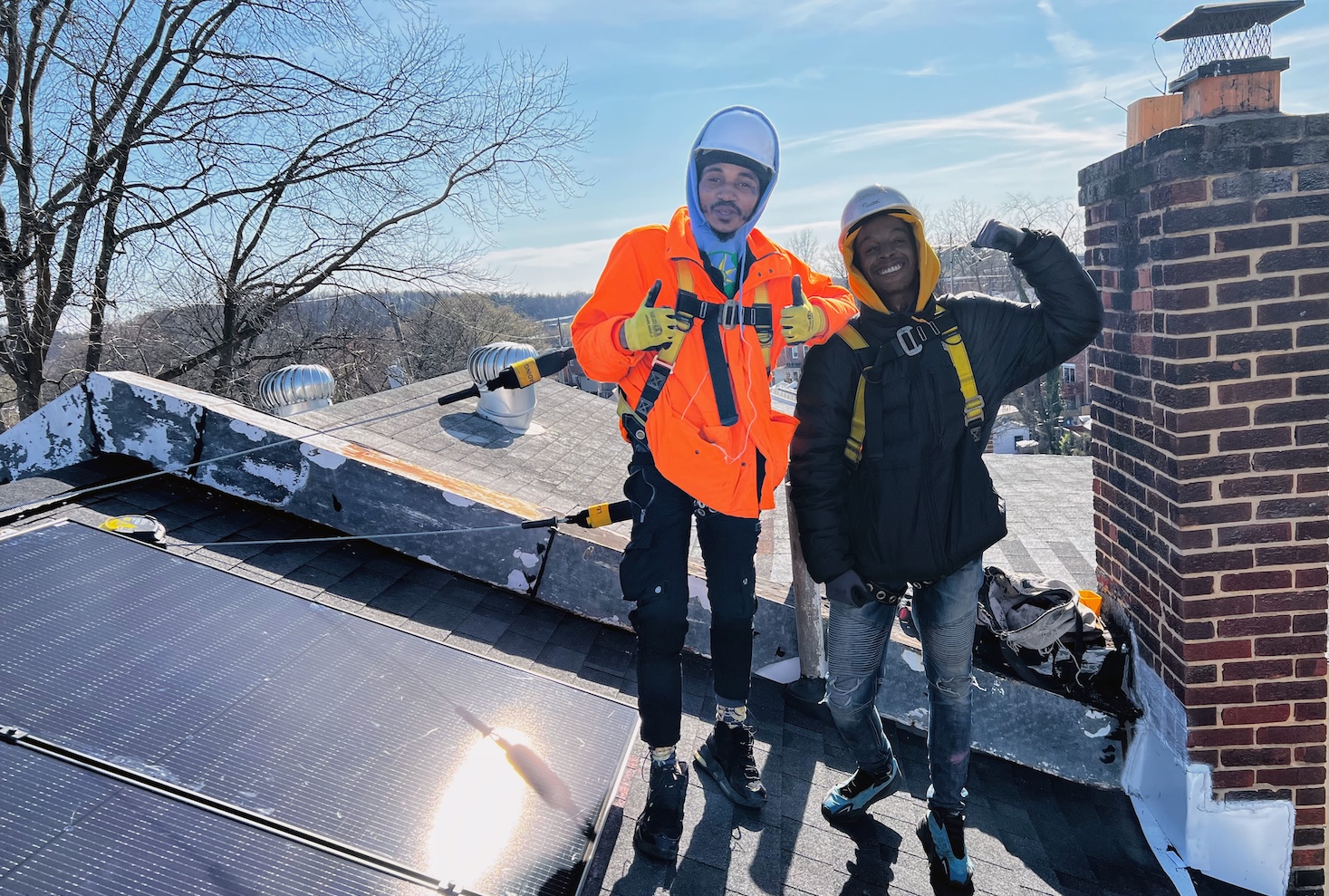



































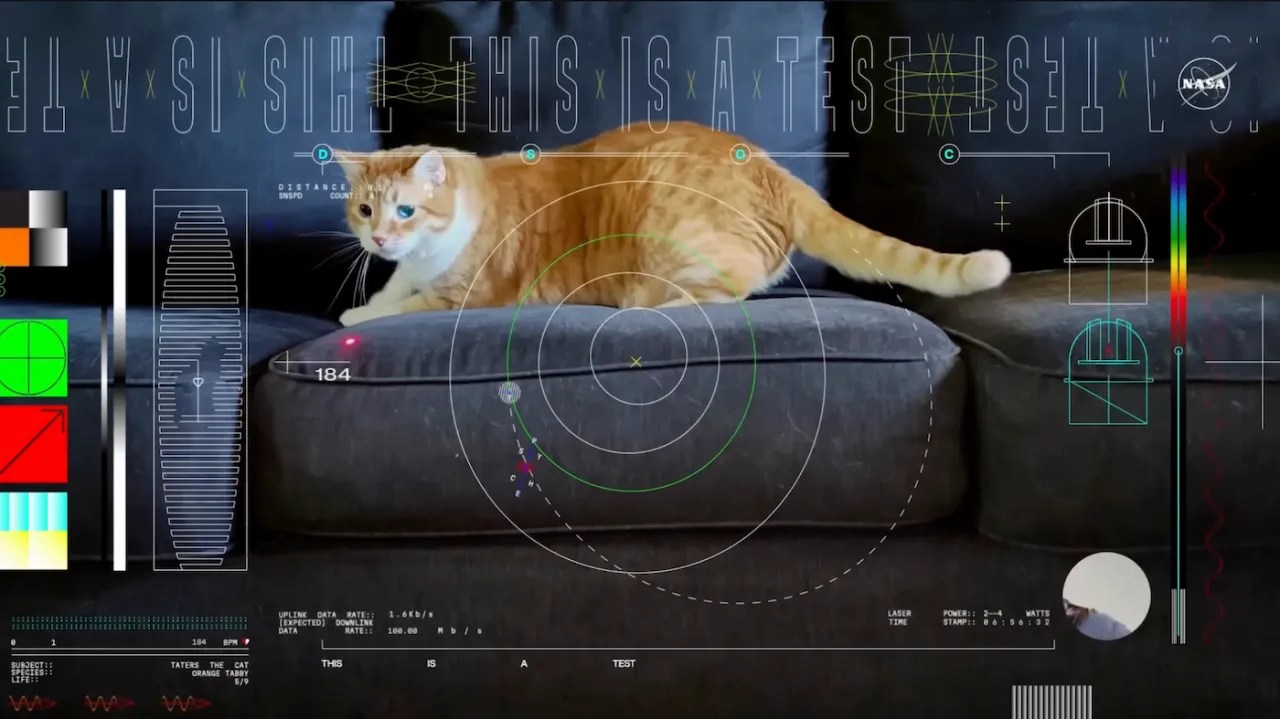















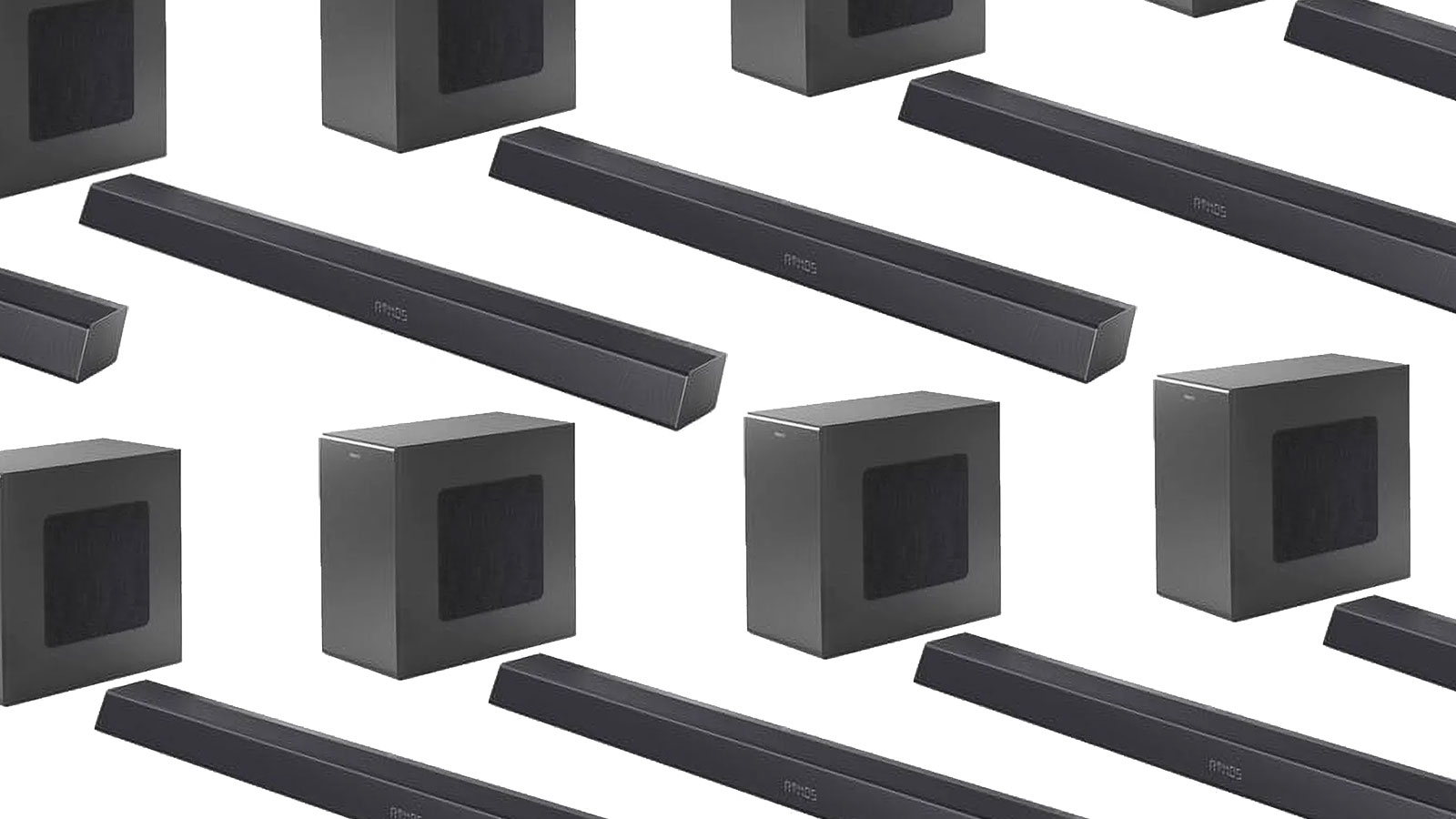

















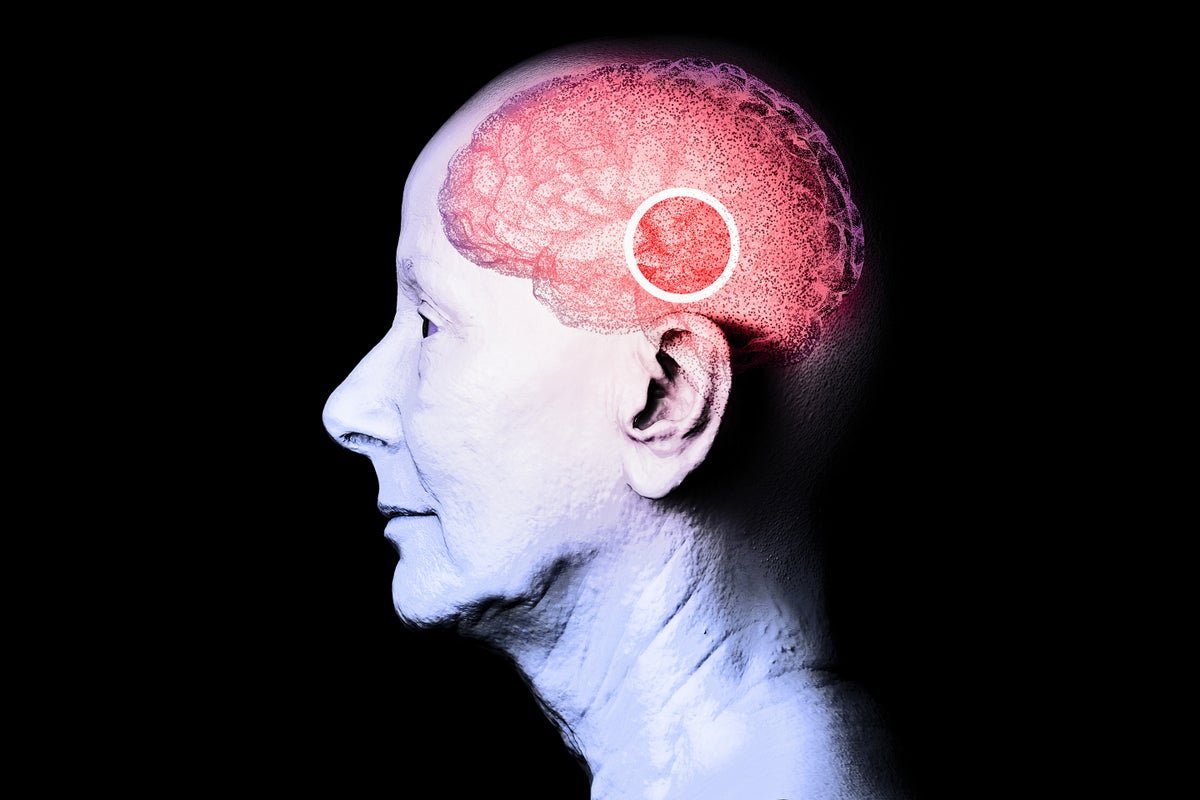


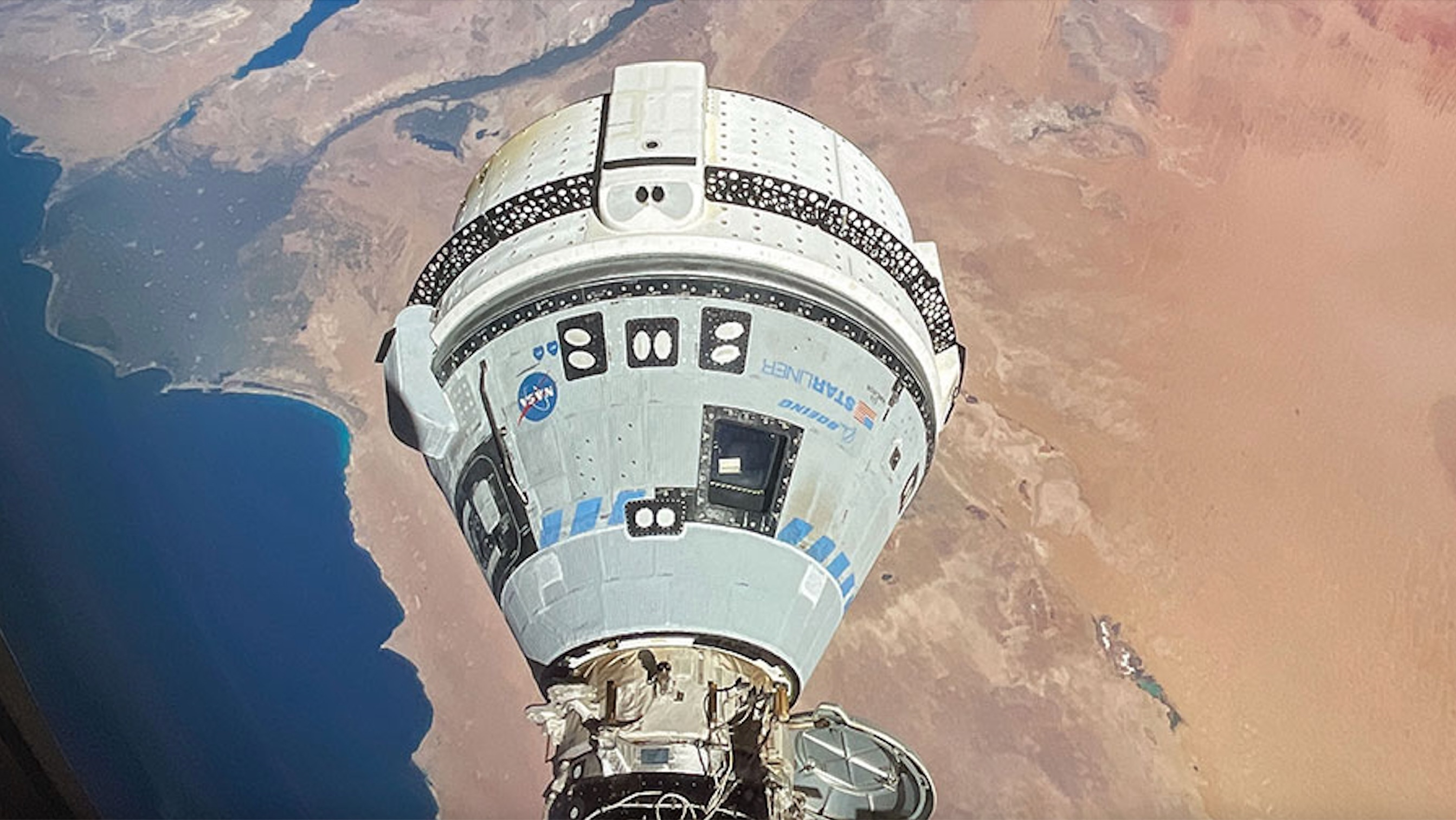



























.jpg?#)































